
Hey, friend. If you’re anything like me, you probably watched the final scene of Alice in Borderland Season 2, breathed a massive sigh of relief for Arisu and Usagi, and then—bam!—got hit with that chill-inducing shot of the Joker card sitting there, completely untouched.
It felt less like a happy ending and more like a final, twisted question mark.
The issue is straightforward: If the games are truly over, how is the Joker—a card that was never a part of the original deck of 52—still here? It could have burned with the rest of the Borderland, but it has not. Also: What about all of those unsettling, unanswered questions, like Ann’s conversation with Sunato Banda?
If this has been bothering you, then you are definitely in the right place. We’re about to break down the definitive theory–which makes the Joker card understandable, clarifies the reality of Arisu and Usagi, and gives a concrete, grounding answer to us all being in a never-ending game.
Key Takeaways
- The Joker Card is Not a Game: Its role is that of a “ferryman” or gatekeeper, guiding souls between life (the real world) and death (the afterlife). It exists outside the game structure.
- Arisu and Usagi are in the Real World: Their physical injuries (Arisu’s lung damage, Usagi’s leg damage) perfectly match their meteor strike injuries, confirming they woke up in their original reality.
- Ann’s Vision is Trauma: Ann seeing Banda is best explained not by magic, but by intense psychological trauma and survivor’s guilt, a key theme of the entire series.
The Undestroyed Joker Card: Is It the Key to a Hidden Game?

Let’s start with the heart of the matter and the reason for this whole discussion: the Joker.
We saw Mira, the Queen of Hearts, vaporized. We saw the entire cityscape start to crumble and vanish. The world of the games was cleared. So, why didn’t the Joker card burn in Alice in Borderland?
The crucial mistake fans often make is assuming the Joker is just another card in the deck, meaning there’s a Joker Game to be played. But the manga (the source material by Haro Aso) gives us a much more poetic and less literal answer.
Why didn’t the Joker card burn in Alice in Borderland? The Joker does not burn because it is not part of the Games deck. It symbolizes the supernatural boundary or “ferryman” between the Borderland (purgatory/limbo) and the real world (life). It remains because the border itself—the choice between life and death—always remains. It’s the final choice, not the final game.
The Joker card, in this Alice in Borderland Joker card theory, represents chaos, chance, and the ultimate wild card that governs human existence: fate.
Think of it this way: The 52 cards are the challenges the Borderland citizens created to test the players’ will to live. The Joker, however, is the entity (or symbol) that decides if you get to choose life or death once that will has been tested. It’s the entity that allows Banda and Yaba to choose to stay, and Arisu and Usagi to choose to leave. The fact that it remains is simply a sign that the chaos of life is constant, not that another death match is pending.
Are Arisu and Usagi Truly Free in the Real World?

The question of Arisu and Usagi in the real world or game is the next big hurdle. Does the lingering Joker card mean their hospital scene is just an elaborate psychological trap, perhaps a trick by the Queen of Hearts that actually worked?
Thankfully, the show gives us very solid evidence that they truly returned home. Look closely at the survivors in the hospital:
- Niragi has severe burn marks on his face—matching the fire attack in the Borderland.
- Heiya is missing a leg—mirroring the amputation she suffered after the King of Spades hunt.
- Arisu has injuries to his chest, and Usagi has injuries to her leg (Usagi is on crutches).
This isn’t a coincidence. The show confirms that every injury sustained in the Borderland perfectly corresponds to the injuries they suffered in the real-world event: the meteorite strike in Shibuya. Their time in the Borderland was the one minute their hearts were stopped, a psychological trial in the border between life and death.
The solution here is logical: Arisu and Usagi were facing death. Their consciousness was placed in a purgatory (The Borderland). They fought for one minute. When they chose to return, their hearts started beating, and their minds simply woke up in the trauma ward with the injuries that killed the others. They are home, and their connection, built under extreme stress, is real.
Ann Seeing Banda: A Plot Hole or Psychological Trauma?
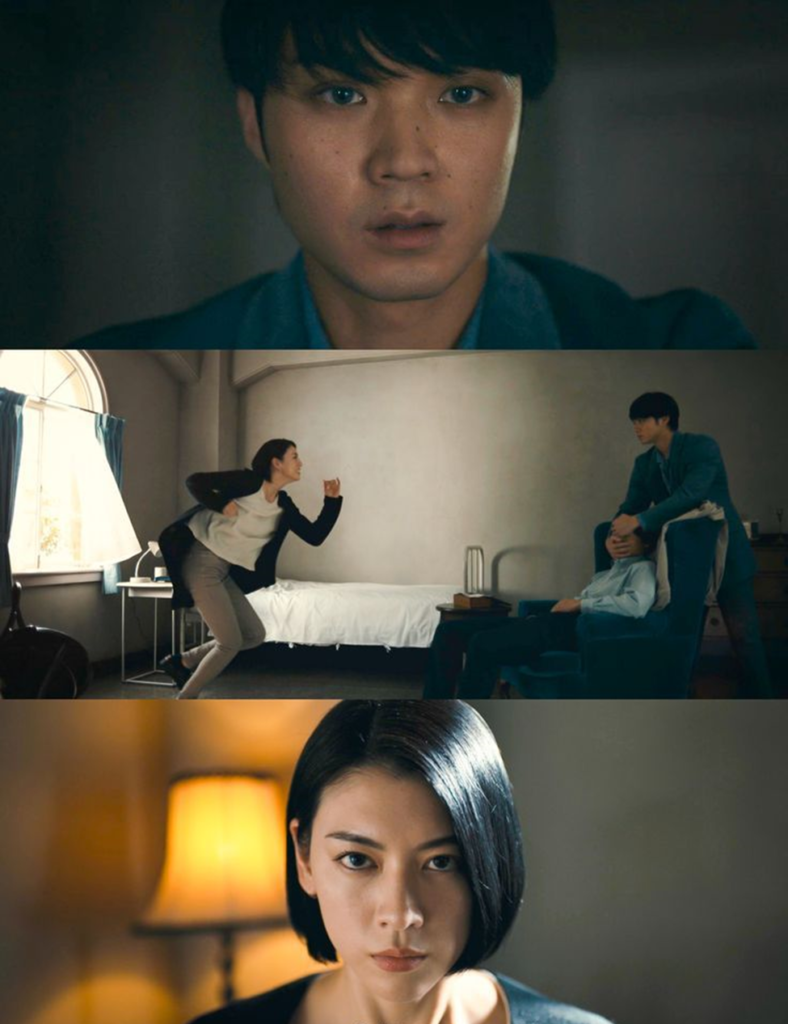
This is the most highly specific and confusing question: How did Ann see Banda and other dead players?
Ann, the forensic scientist, is briefly shown seeing Banda, one of the two players who chose to become permanent residents of the Borderland. Since Banda is essentially a spirit in a different realm, how can Ann, back in the real world, see him?
The answer is found not in supernatural forces, but in human psychology and trauma.
Ann was not only a brilliant player but a logical, grounded thinker who faced death head-on. She was revived through intense medical intervention and, like the others, lost her memories of the Borderland games. However, severe psychological trauma doesn’t just vanish.
- Survivor’s Guilt: Ann watched people die violently every day. She risked her life for Kuina. Seeing the face of Banda, a person who chose to reject reality, is a manifestation of her mind struggling to process what she went through.
- Blurred Reality: The games forced these survivors to question reality itself. Ann’s ‘vision’ is a classic sign of post-traumatic stress—a hallucination, a flashback, or a momentary slip where the boundary between the hyper-real Borderland and the stable real world breaks down for her alone.
The show uses this moment not as a plot hole, but as a chilling reminder that the Borderland leaves a scar on the psyche. It shows us that even if Arisu and Usagi are safe, the psychological game may never truly be over for the survivors.
Final Verdict: Is the Joker Card the Key to Borderland Season 3?
Based on the evidence—the Joker’s symbolic meaning, the real-life injuries, and the psychological rational behind Ann’s hallucination—the answer is obvious: No, the Borderland games are finished.
The Joker card in the Alice in Borderland universe has deep meaning. It represents the transitional moment—the question is, will you choose to live or will you choose the alternative? Arisu, Usagi, and company chose to live, and the reward was the return to their real-world life.
The Joker left on the table is the ultimate philosophical mic drop: You survived the deck of death, but now you’re going to have to contend with the ultimate wild card, life itself. It’s chaos, unpredictability, and completely up to you how you want to play it. That is really the final game.

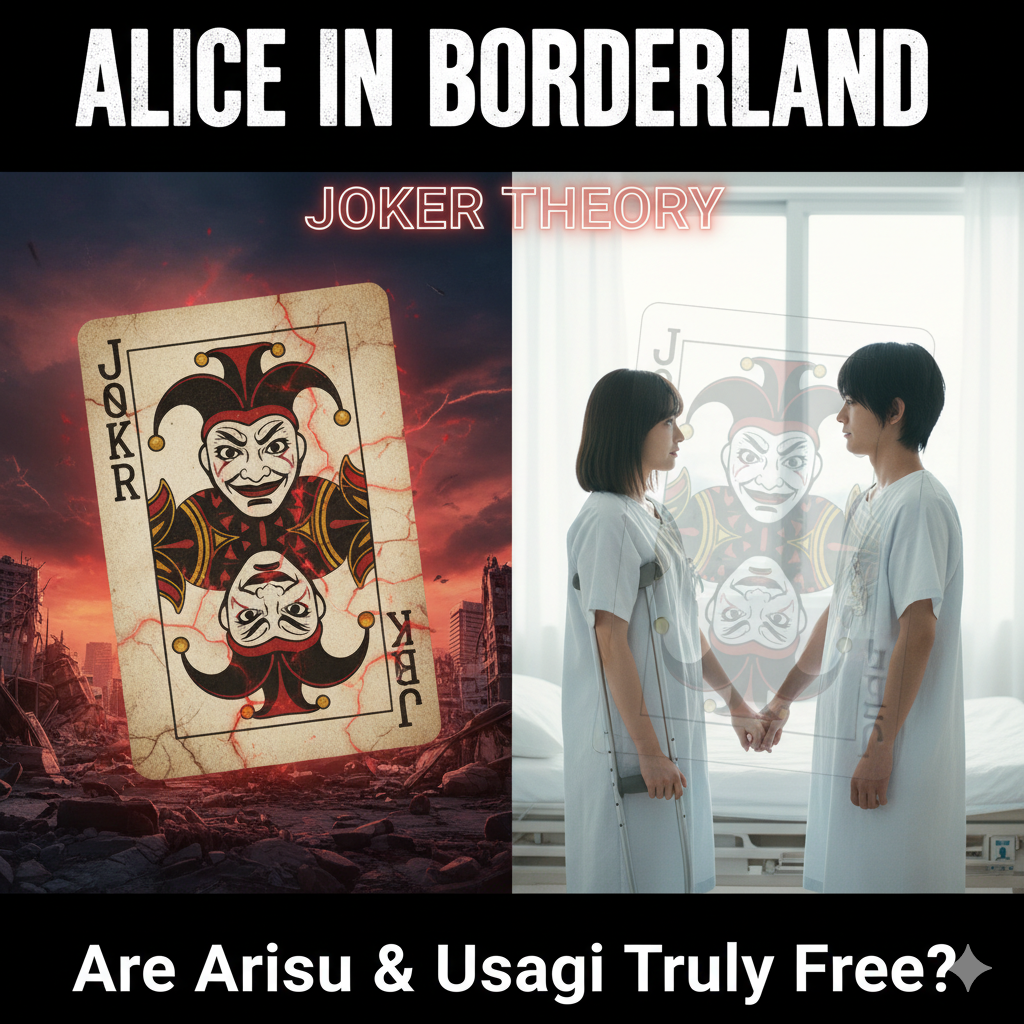
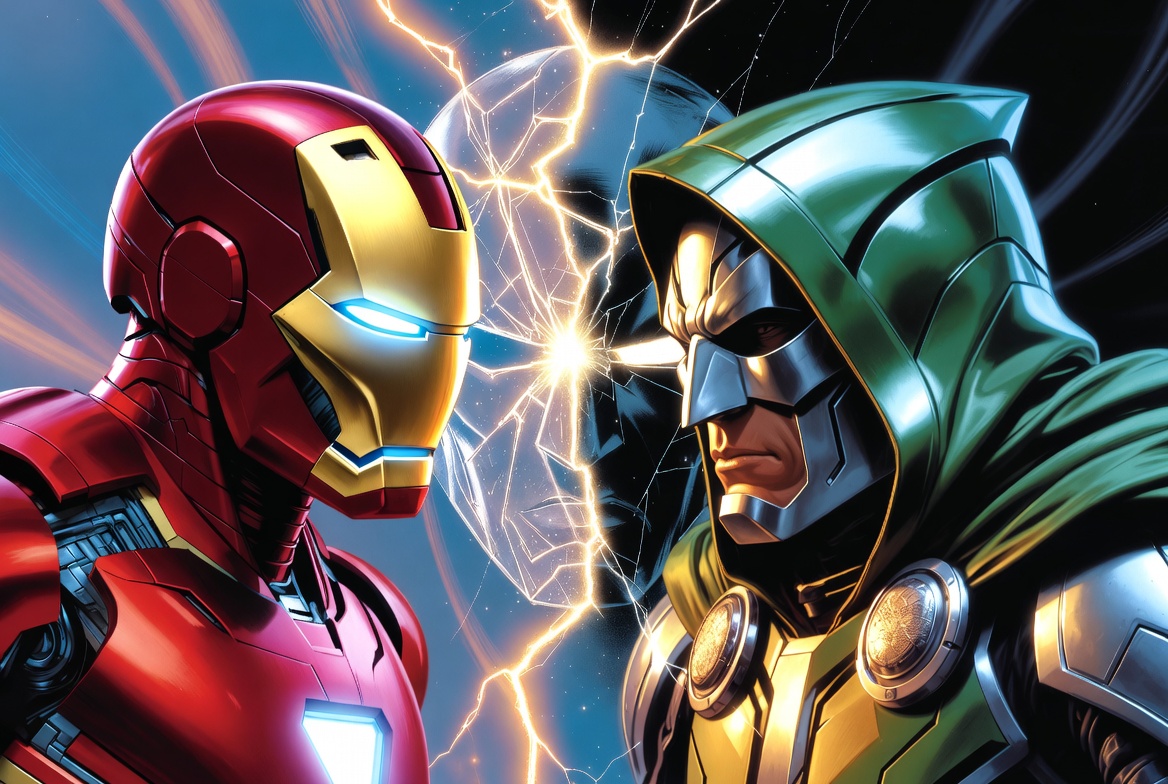
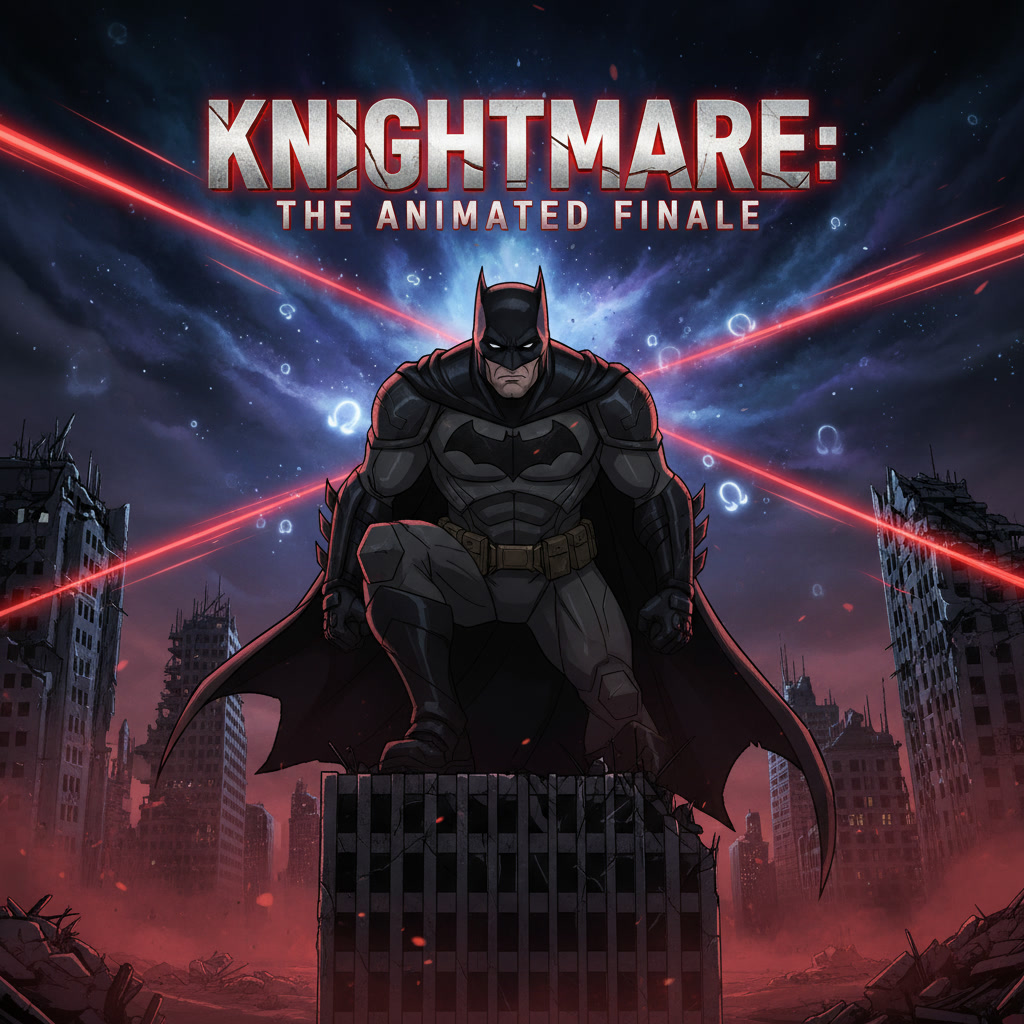
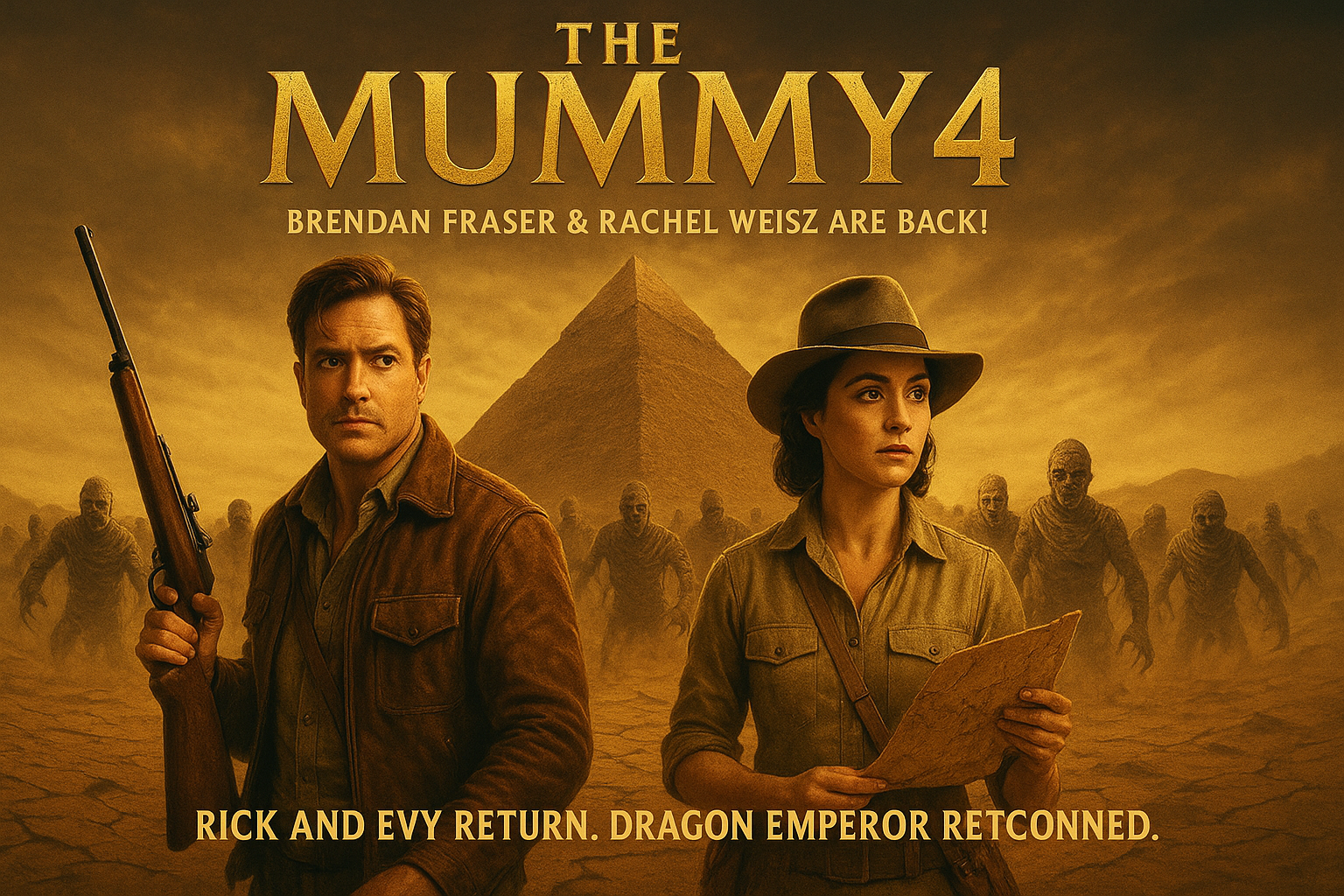
Leave a Reply